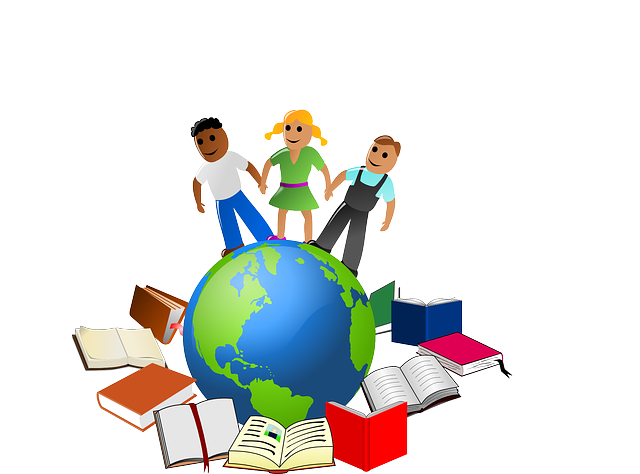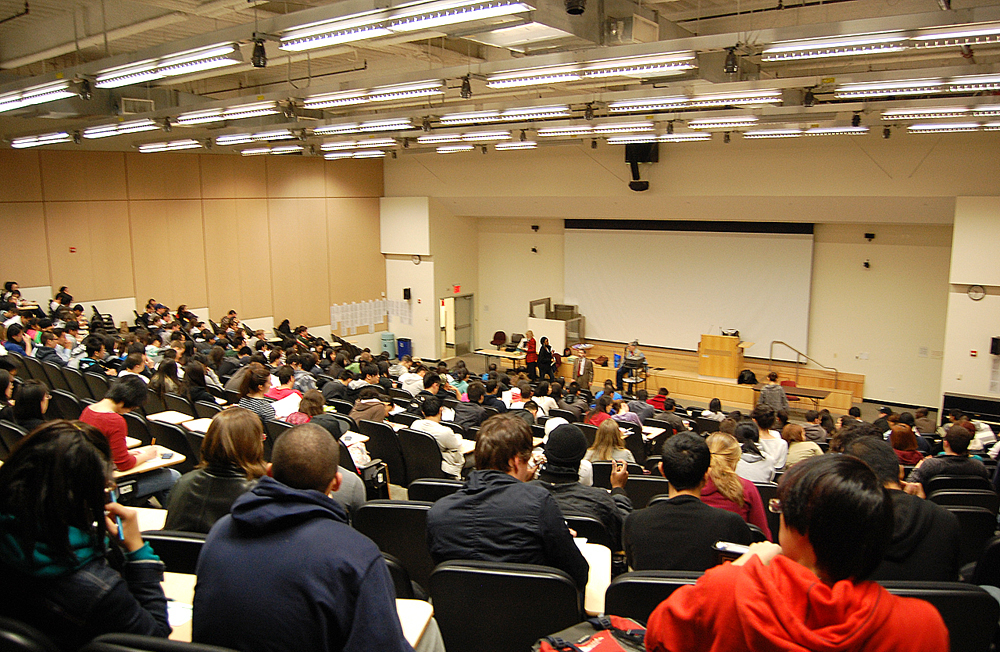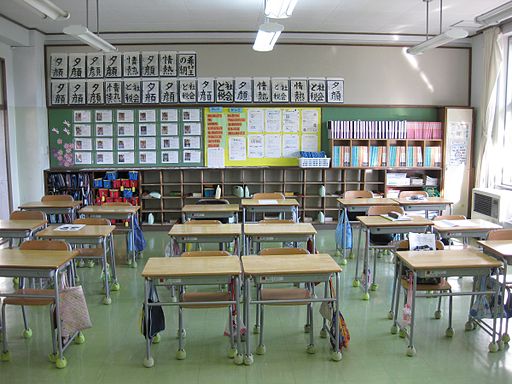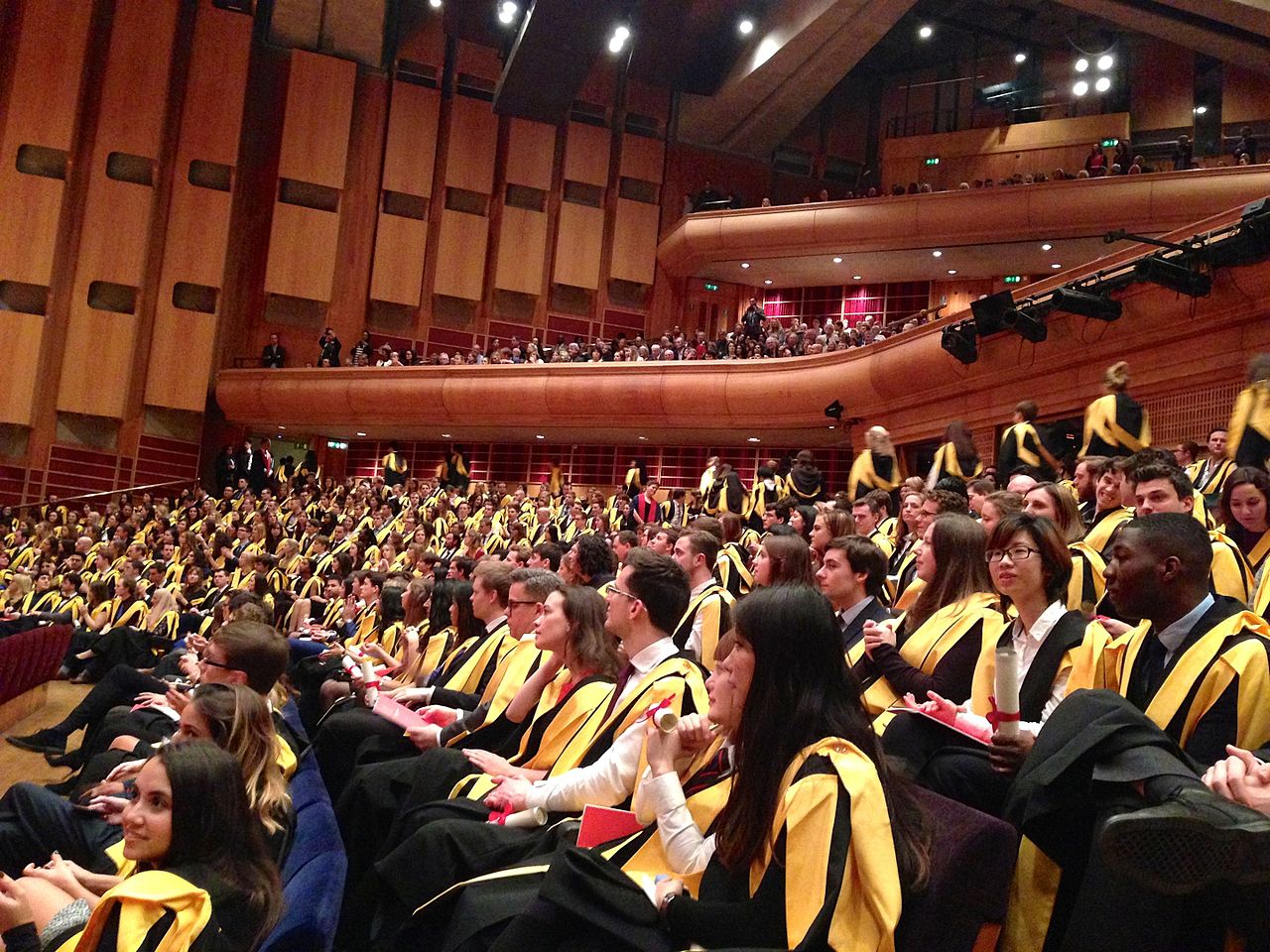Contributed Post
As most people would agree, education is one of the most important things in life. From a young age, you should have a thirst for learning new skills and information. It should follow through into adulthood, even if the ways you educate yourself change from when you were younger.
People like to learn in different ways. Some prefer to read large passages of information and take notes. For others, visual info in picture or video form is easier to digest. Finding a suitable learning method can often help people with keeping their brains fed.
It isn’t just individuals who have unique learning methods, though. In fact, every different culture teaches its citizens in a variety of ways. Every school is different, and this becomes even more apparent when you look at different countries.
It can be particularly interesting to learn how different cultures approach education. Things like the school system, the curriculum, and even the ages people go to school differ. It’s useful to know whether you’re curious or you’re thinking of studying elsewhere. Here are some examples of different educational approaches around the world.
United States
Education in the United States varies from state-to-state. Compulsory education usually starts at 5 and culminates in graduating from high school at 18. Many students go on to higher education after this. Personal achievement is highly encouraged. In most public schools, students need to attain certain grades to advance to the next year. Some students are held back if they don’t perform well.
Private schools are also a relatively popular option in America. Between 2011 and 2012, 10% of all US students were in private schools. There are also a fair amount who get homeschooled. These school systems have the freedom to set their own curriculum, separate from government agendas.
Going to college is highly encouraged in the United States. Many people have problems getting a job without a degree. Many international students also go to the US for education, as it hosts many prestigious institutions. However, high tuition fees have caused a modern crisis of student debt.
The United States usually scores relatively high on educational rankings. This is particularly the case when it comes to higher education. The US boasts six of the top ten spots on The Times higher education rankings.
Yemen
Yemen lies relatively low on the HDR’s education index at #154. This is despite clear attempts by the government to deliver children with education. Yemen provides free basic education for children aged from 9-14. After this, secondary schooling is also available, with a focus on either literary or scientific paths.
Yemen also has a fair few universities. Sana’a alone has the University of Science and Technology, Al-Eman University, Sana’a University as well as a few others. There are educational opportunities available in the country. But many people still choose to travel for further opportunities.
Many believe the education system of Yemen needs to change. One entrepreneur, Haitham Alaini, argues vocational education would be beneficial. That way, people could be taught the skills necessary to benefit their society. It’s a model that’s been used successfully in neighboring countries such as Saudi Arabia. Yemen has many jobs that could be filled if its people are given the right training.
Other factors also affect the education of Yemen. It’s a high-conflict area, and many children have problems going to school during troubled times. Nonetheless, it’s a developing nation with a focus on education that could improve in the future.
Norway
Norway outperforms most other countries when it comes to education. In fact, it holds the top spot on the HDR’s education index. It’s often hailed along with other Scandinavian nations for the success of its educational system.
Public education is free in Norway. Children between 6-16 are required to attend school. During the early years of schooling, children don’t receive official grades for their work. Instead, they are encouraged through feedback and unofficial marks.
After primary school, Norwegians attend a lower secondary school. Here, they focus on achieving the grades needed for a higher secondary school of their choice. Although higher secondary schooling isn’t compulsory, it’s hard for people to get a job without the further education.
Big changes came to Norway’s educational system in 2006. Private schools only came into prominence after this time. Many international schools now exist in Norway with English curriculums. Since the 2006 reform, upper secondary school students can choose to follow a vocational route or take general studies.
Norway’s higher education adheres to the Bologna process. They have implemented a system which makes international cooperation easy. This means degrees from Norwegian institutions are recognized across much of Europe.
Japan
Japan has long been considered one of the highest-performing nations when it comes to education. It regularly scores high in world education rankings. Japanese children are also world-leaders in numeracy and literacy. Schooling is compulsory from age 6 to 15. Higher education is encouraged, though. Most students go on to study a range of subjects at a higher level.
The educational guidelines of the country emphasise the importance of language. Students are expected to have learnt to read over 2,000 letters of Kanji by the time they leave compulsory schooling. The country’s literacy rate remains high at 99%. Many also develop a good knowledge of the English language.
There’s a focus on exam performance. Students often have to memorise a lot of information to score well on tests. This has led to criticism of their system suppressing individual thought. Japan is a highly meritocratic nation. Students who fail to do well in their schooling are considered to have brought shame to their families.
Students are all expected to handle the demanding educational requirements. Those who are ahead of the class help those who are behind. Although it can create a lot of stress, most rise to the occasion, and Japan continues to be a major figure in international education.
South Korea
Another high-performing nation when it comes to education is South Korea. The country achieved the number one ranking on the Person educational report. The report aggregates rankings from various sources.
It’s a system with a fascinating history. The Japanese occupation of South Korea in the early 1900s left many South Koreans unable to access elite education. When this ended in the late 1940s, 78% of the population were illiterate. This was eliminated by the mid-1960s, and today South Korea has some of the best educational facilities in the world.
Education in South Korea ranks number one amongst OECD countries in multiple fields. It has a Tertiary Gross Enrollment Ratio of 103%. That means a higher proportion of the population goes into higher education than anywhere else. Also, 97% of the population complete upper secondary education. It shows the importance of schooling to South Koreans.
Like in Japan, their education is highly driven by tests. Excellent educational performance gives South Koreans a good social standing. Of course, it also provides many job opportunities. Children are often under a lot of pressure to do well in their education. Many students work long hours studying, and parents often invest in private tuition for their children.
United Kingdom
The UK is known for respectable educational prospects- particularly when it comes to higher education. The UK is a top host of international students, attracting more each year than any other nation. It doesn’t come as a big surprise. Universities such as Cambridge, Oxford, and UCL are world-renowned for their educational prestige. There are also over a hundred other HE institutions with their own merits.
Generally, compulsory schooling starts at age five across the United Kingdom. Students in England, Wales, and Northern Ireland take GCSEs between age 14-16. This usually leads to sixth-form or further-education colleges. Students can gain A Levels or vocational qualifications which can help them achieve a place in a university or a career.
Scotland’s system differs from the rest of the United Kingdom. Instead of GCSEs and A Levels, they take a range of Standard and Intermediate exams throughout their education. Higher education also differs slightly, as Undergraduate Degrees take four years instead of three.
Students across the UK used to be able to leave school after 16. However, since 2015, they must now stay in some form of education until 18.
Nigeria
Nigeria is the most populous nation in Africa. It’s also one of the fastest developing nations worldwide when it comes to education.
Students receive nine years of free compulsory schooling. This covers Nigerian students from ages 6-15. The final three years are part of Junior Secondary School. This involves a curriculum involving subjects such as English, French, Technology, Mathematics, and Science. Those who pass their final exams at the Credit level can move on to Senior Secondary School. There are also options for vocational study.
Demand for tertiary education in Nigeria is growing rapidly. Nigeria’s universities are unable to accommodate all the applicants looking for further education. This means many Nigerian students now study abroad, particularly in places such as the United Kingdom. Around 42% of Nigerians going on to university study in the UK, and they make up around 7% of the UK uni population. Many scholarships are available for Nigerians looking to study abroad in the United Kingdom.










